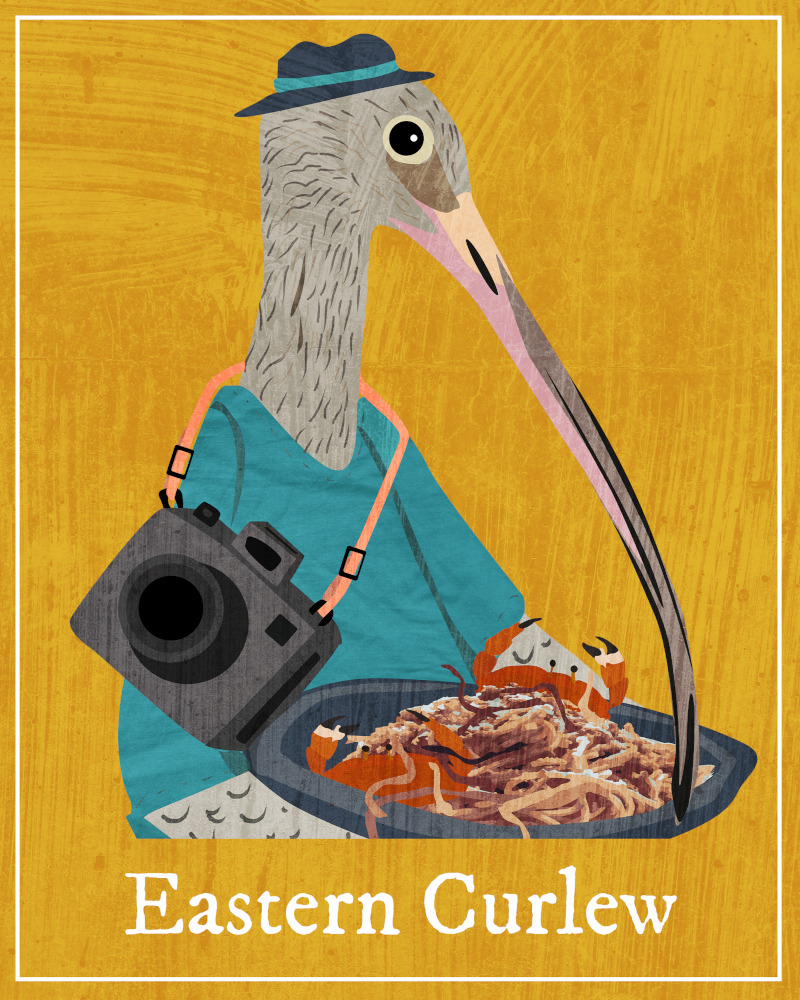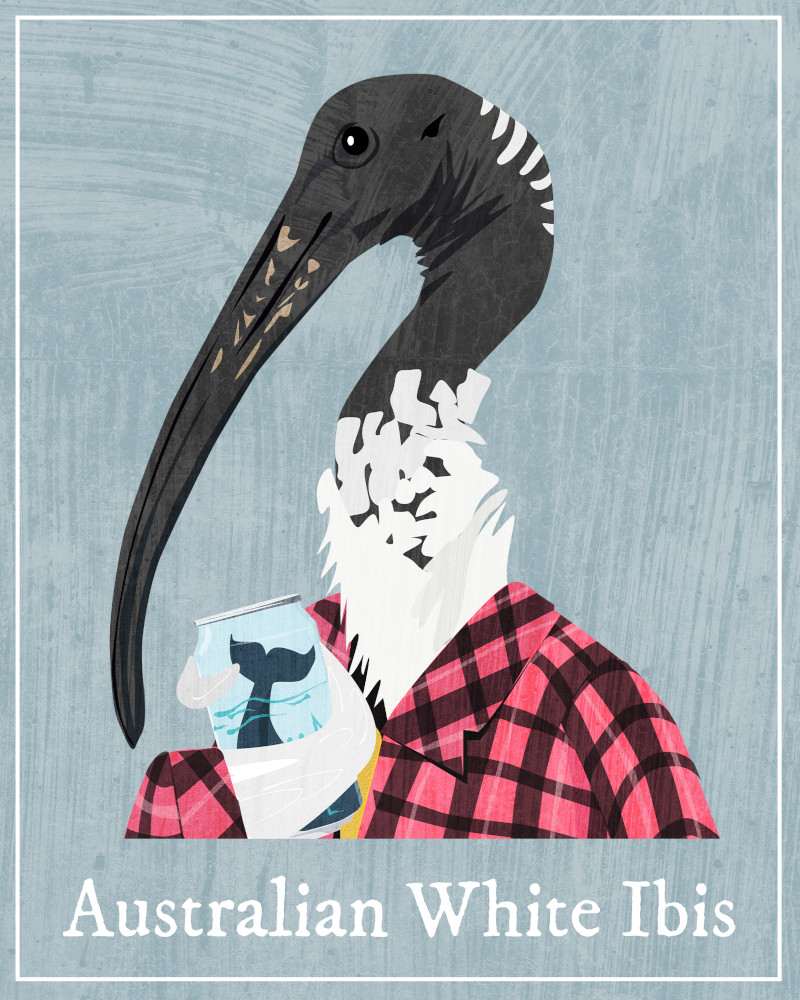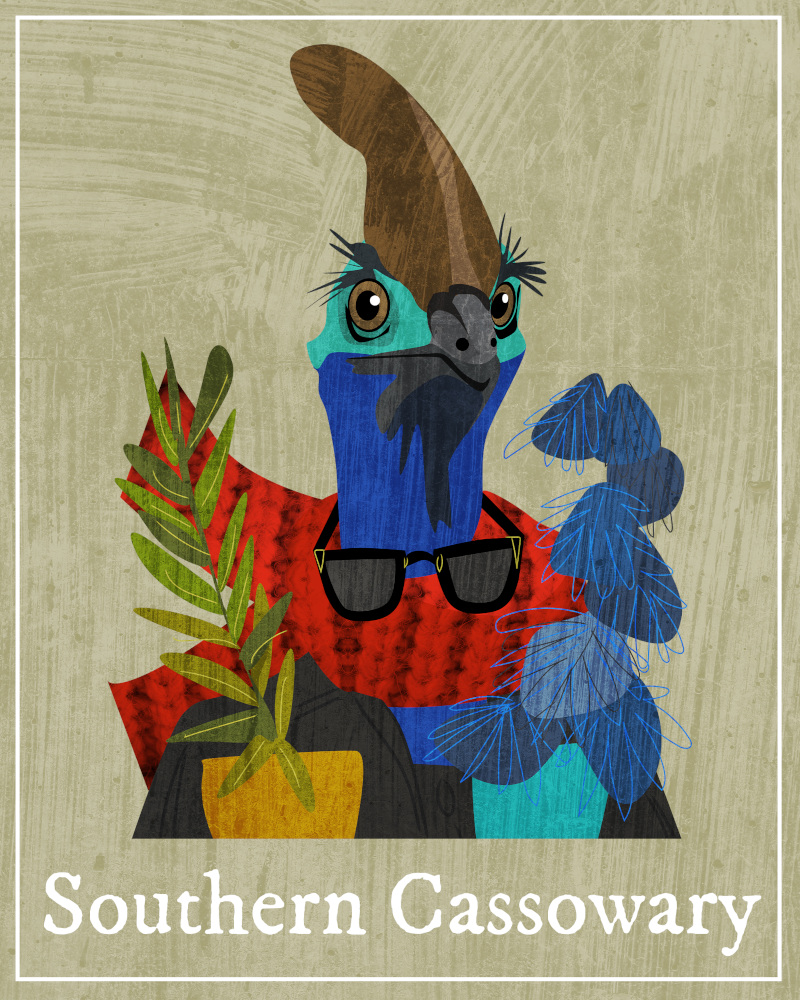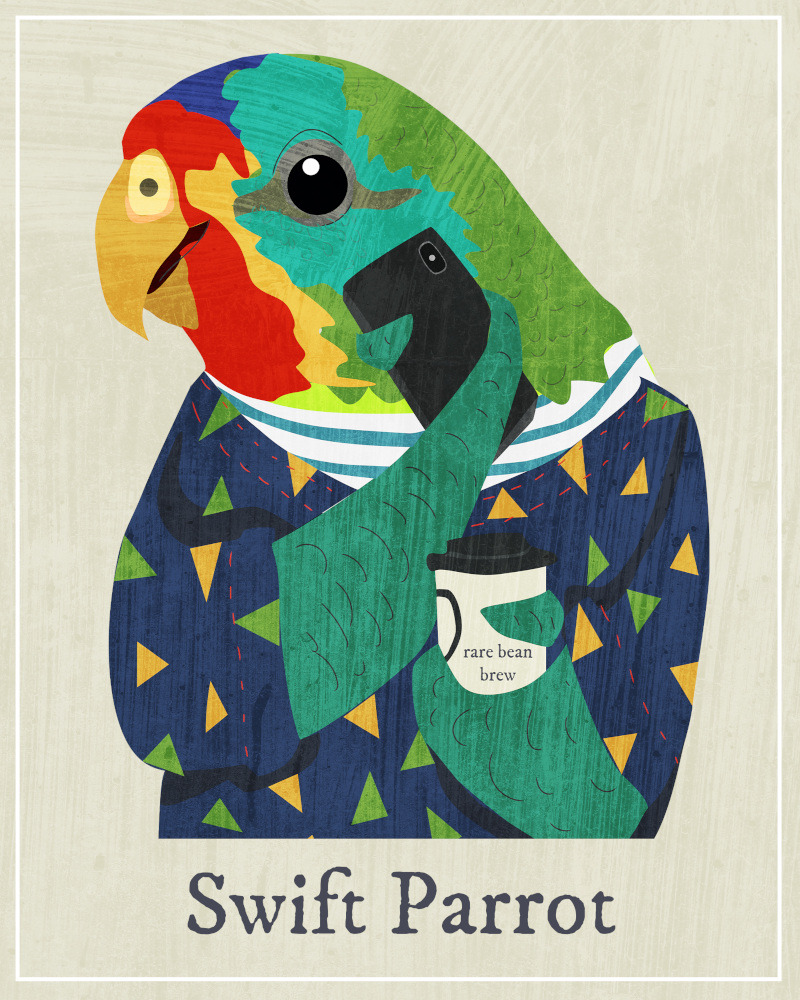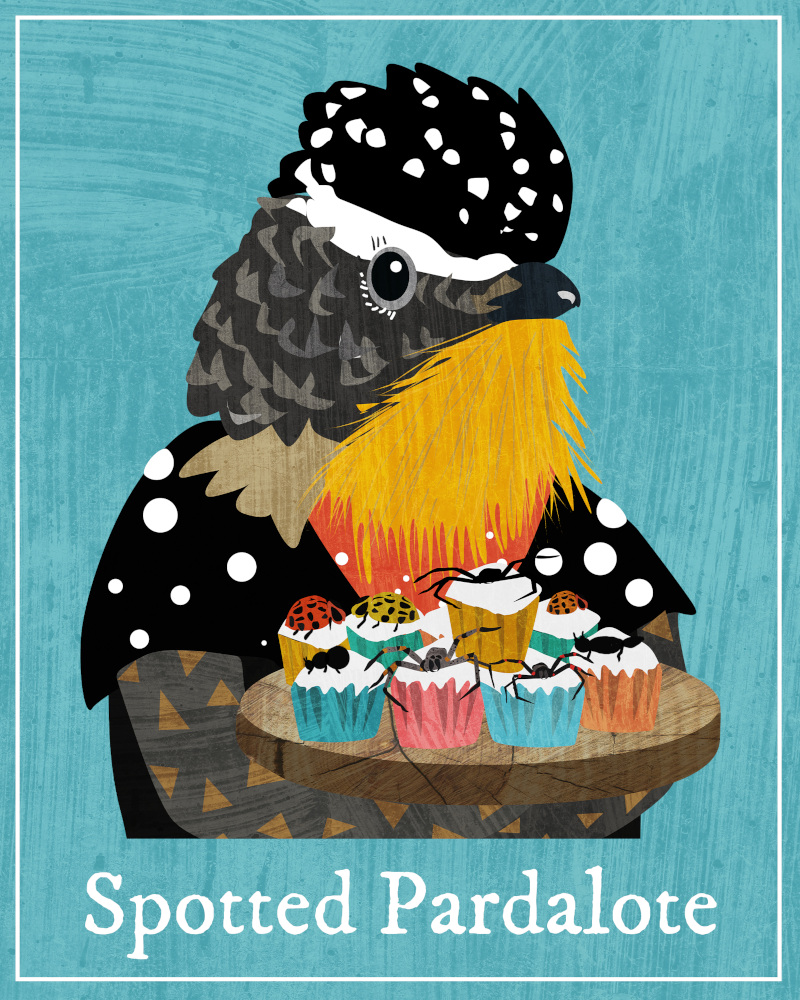What Aussie bird are you? You’re a Carnaby’s Black-Cockatoo!
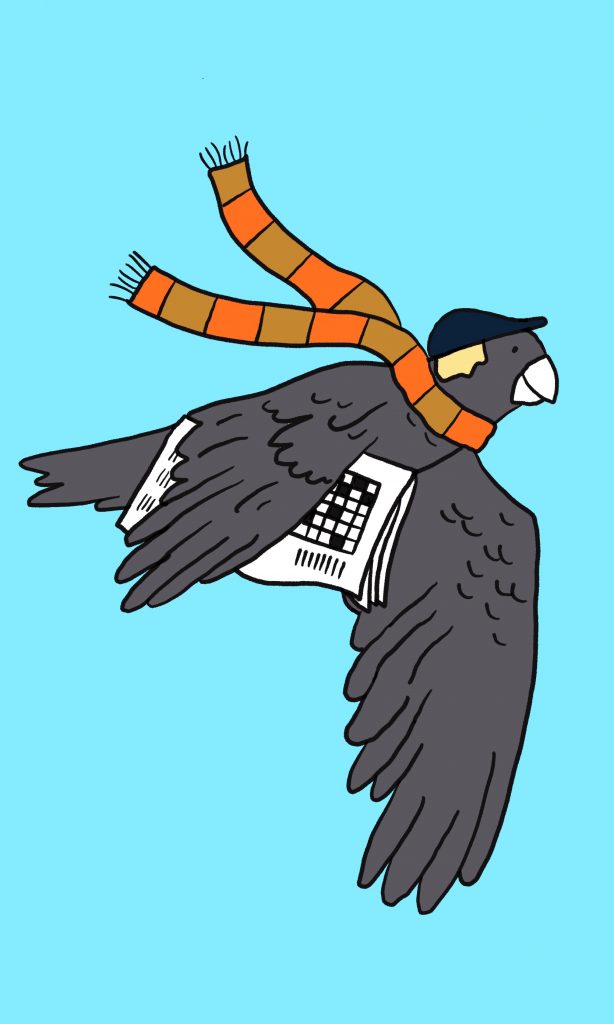
Not all “old souls” are quiet and reserved! Sure, you’re a laidback creature of habit with a fondness for old homes and fine antique furnishings (your ideal residence is at least 100 years old), but you’re also spirited and stubborn, with an opinion about everything and a deeply analytical nature.
Some people might call you picky because of your strong preferences, but you just know what you like and you’re not afraid to let the world know. When you’re not at home surrounded by plush recliners and ultra-soft linens, you can often be found getting raucous over brunch with your mates as you debate anything and everything at the top of your lungs.
More about the Carnaby’s Black-Cockatoo
Carnaby’s Black-Cockatoos breed in monogamous pairs, and nest in hollows in old eucalypts, which must be at least 100 years old to have hollows large enough. Pairs return to the same nest site each year. They lay one or two white eggs, which are incubated by the female. Both parents feed the chicks, but only the female broods them.
The Carnaby’s Black-Cockatoo is classified as Endangered. This may surprise some people, as the species occurs over quite a wide area of south-western Western Australia, where they are often rather conspicuous, sometimes congregating into large flocks. They are even considered pests by some farmers when they descend onto crops of almonds and similar foods. Their population has declined greatly in recent decades, due mostly to the loss and fragmentation of their preferred habitats, and they need the support of conservation programs to ensure their survival.


